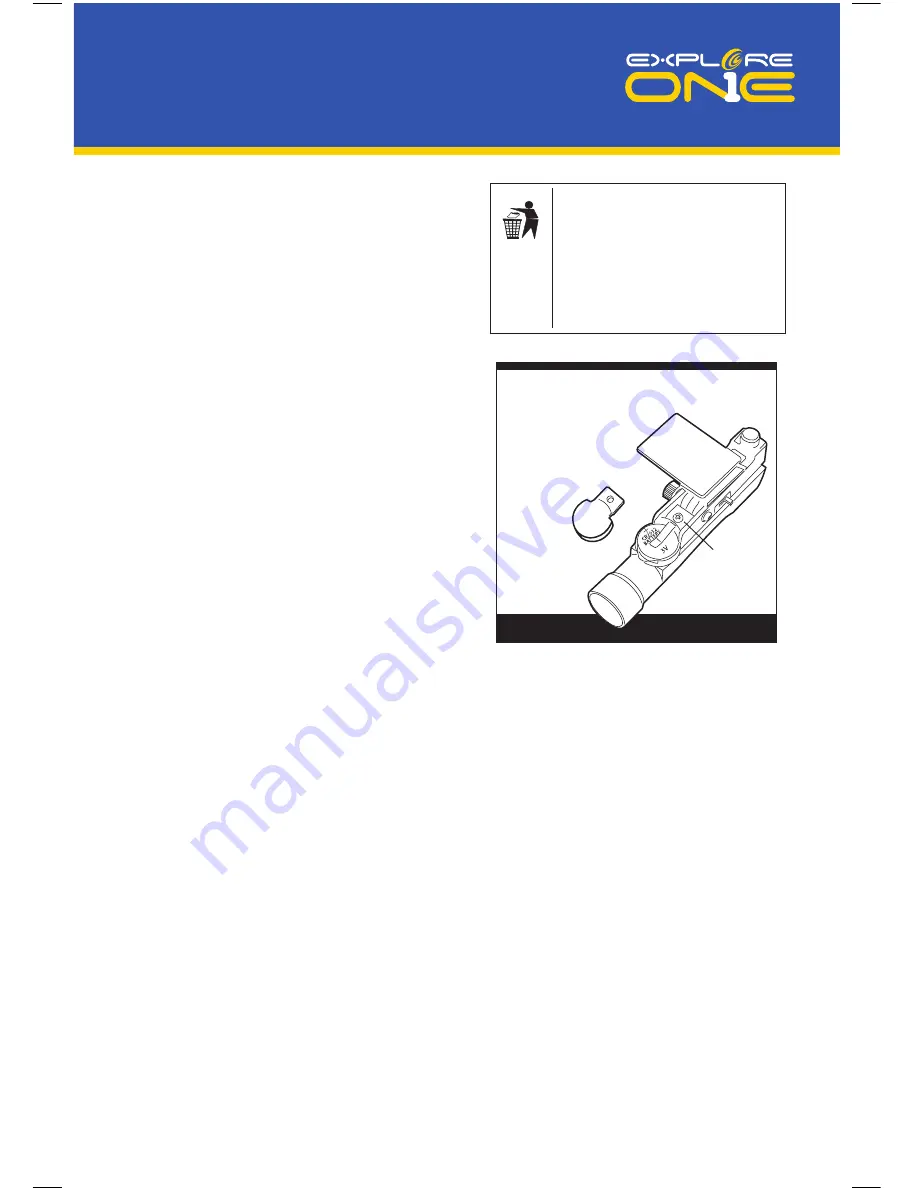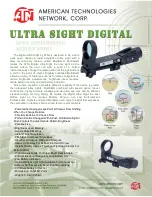
5
Customer Service:
Call 1-866-252-3811
Telescope ABC’s
What do the following terms mean?
Diagonal:
A mirror that deflects rays of light 90 degrees. With a horizontal
telescope tube, this device deflects the light upwards so that you can
comfortably observe by looking downwards into the eyepiece. The
image in a diagonal mirror appears upright, but rotated around its
vertical axis (mirror image).
Focal Length:
Everything that magnifies an object via an optic lens has a certain focal
length (FL). The FL is the length of the path the light travels from the
surface of the lens to its focal point. The focal point is also referred to
as the focus. In focus, the image is clear. In a telescope, the FL of the
telescope tube and the eyepieces are combined.
Lens:
The lens turns the light which falls on it around in such a way so that
the light gives a clear image in the focal point after it has traveled a
certain distance (focal length).
Eyepiece:
An eyepiece is a system made for your eye and comprised of one or
more lenses. In an eyepiece, the clear image that is generated in the
focal point of a lens is captured and magnified even more.
There is a simple formula for calculating the magnification:
focal length of the telescope tube / focal length of the eyepiece =
magnification
In a telescope, the magnification depends on both the focal length of
the telescope tube and the focal length of the eyepiece.
Magnification:
The magnification corresponds to the difference between observation
with the naked eye and observation through a magnification apparatus
such as a telescope. In this formula, observation with the eye is
considered “single,” or 1x magnification. Accordingly, if a telescope
has a magnification of 30x, then an object viewed through the
telescope will appear 30 times larger than it would with the naked eye.
Troubleshooting:
Problem:
Solution:
No picture
Remove dust protection cap
and sun-shield from the
objective opening.
Blurred picture
Adjust focus using focus
ring.
No focus possible
Wait for temperature to
balance out.
Bad quality
Never observe through a
glass surface such as a
window.
Viewing object visible
Align finder to telescope
in the finder, but not
through the telescope
Despite using star
The star diagonal prism
diagonal prism
should be vertical in
the picture is “crooked”
the eyepiece connection.
DISPOSAL
Dispose of the packaging materials properly,
according to their type (paper, cardboard, etc).
Contact your local waste disposal service or
environmental authority for information on the
proper disposal.
The Red Dot Viewfinder is
powered by a battery type
CR-2032 (3V); if a replacement is
necessary, remove cap (Fig. 1) by
unscrewing set screw (Fig. 2) and
sliding battery towards the front.
Slide new battery in place with the
positive (+) side showing. Replace
cap and tighten with
set screw (Fig. 2).
Fig. 1
Fig. 2
Front
Red Dot Viewfinder
(bottom view)
El Visor Red Dot es
impulsado por un tipo de batería
CR-2032 (3V); si un reemplazo es
necesario, retire la tapa (fig. 1),
desenroscando el tornillo de ajuste
(fig. 2) y la batería de deslizamiento
hacia la parte delantera. Deslice la
pila en el lugar con la positiva
proyección lateral (+). Reemplace
la tapa y apriete con
el tornillo de
fijación (fig. 2).
fig. 1
fig. 2
frente
Red Dot visor
(vista desde abajo)
English
Le Dot Viseur rouge est
alimenté par une batterie de type
CR-2032 (3V), si un remplacement
est nécessaire, enlever le bouchon
(Fig. 1) en dévissant la vis de
réglage (Fig. 2) et la batterie de
glissement vers l'avant. Glisser la
nouvelle pile en place avec la
borne positive (+) côté montrant.
Remettre le bouchon et
le serrer avec
la vis de
pression
(Fig. 2).
Fig. 1
Fig. 2
de devant
Red Dot Viseur
(vue de dessous)
French
Spanish





















